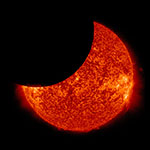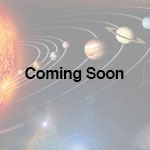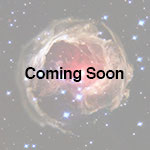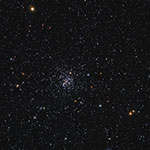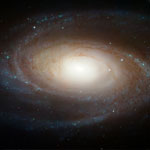Stories of Discovery
Look beyond the “eureka moments” and explore the richer history of scientific work and innovation. Investigate their stories of discovery below. Often they involve a network of individuals spread across the globe and even distanced in time. In fact, our understanding of these discoveries continues to expand to this day. Perhaps you will be involved in these stories moving forward.
